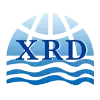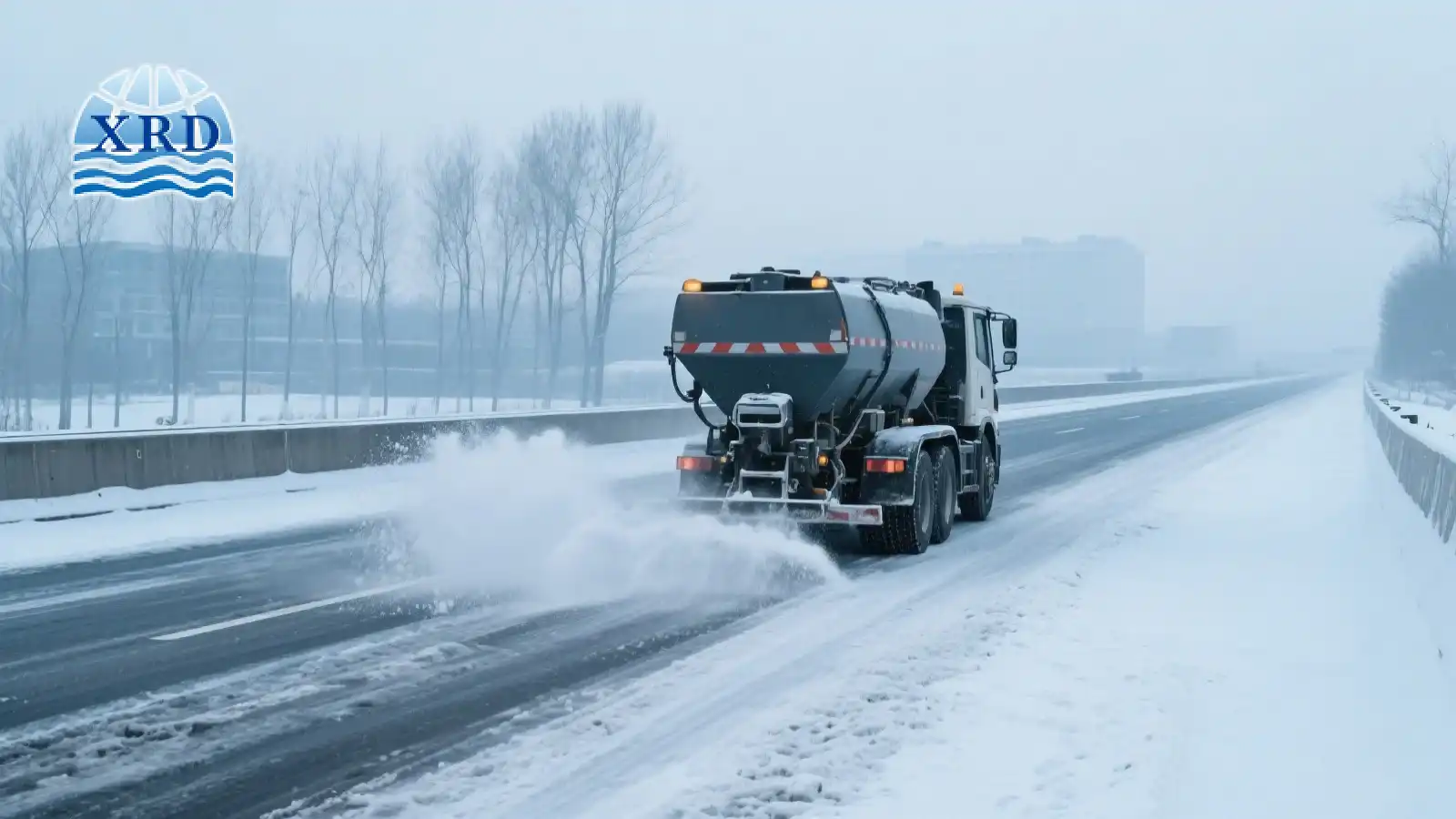The winter maintenance industry continues to evolve with advances in material science, application technology, and environmental stewardship. Both magnesium chloride and calcium chloride products are benefiting from these developments, promising even better performance and sustainability in the coming years.
Enhanced Formulation Developments
Nanotechnology Additives:
- Emerging research explores nano-sized magnesium oxide particles to improve low-temperature performance
- Surface-modified calcium chloride crystals show reduced caking tendencies
Biodegradable Enhancers:
- Cellulose-based polymers (like those studied in wastewater treatments) are being tested as viscosity modifiers for better pavement adhesion
- Starch derivatives may help reduce chloride migration into soils
Corrosion Inhibition Systems:
- Next-generation organic inhibitors target specific metallurgies found in infrastructure
- pH buffering agents help neutralize acidic byproducts of chloride reactions
Smart Application Technologies
IoT-Enabled Dispensing:
- Road weather information systems (RWIS) linked to automated spreaders optimize application rates in real-time
- In-pavement sensors monitor residual chemical levels to prevent over-application
Precision Brining Systems:
- GPS-guided trucks apply variable rates based on roadway geometry and usage patterns
- Computer vision systems identify ice-prone areas for targeted treatment
Drone-Based Applications:
- Experimental programs test UAVs for hard-to-reach areas like bridge cables
- Thermal imaging helps verify treatment effectiveness
Environmental Mitigation Strategies
Magnesium Recovery Systems:
- Stormwater filtration systems specifically designed to capture magnesium ions for reuse
- Constructed wetlands optimized for chloride remediation
Lifecycle Assessment Tools:
- Comprehensive models evaluate total environmental impact including manufacturing, transportation, and application phases
- Decision-support systems weigh performance against ecological factors
Circular Economy Approaches:
- Salt lake brine extraction methods (like those used in Qinghai) minimize freshwater usage
- Byproduct synergies with other industries (e.g., using deicer runoff for dust control)
Regulatory and Standards Evolution
Updated Material Specifications:
- ASTM and other standards bodies are developing new test methods for environmental impact assessment
- Certification programs for "low-impact" deicers gain traction
Watershed Protection Policies:
- Increased use of magnesium chloride mandated in sensitive ecological zones
- Application rate limits based on cumulative chloride loading models
Infrastructure Compatibility Standards:
- Concrete formulations optimized for compatibility with chloride-based deicers
- Corrosion-resistant materials specified in high-deicer-use areas
These innovations enhance magnesium chloride's eco-friendly appeal without compromising performance, prompting proactive companies to adopt them early for regulatory and sustainability advantages.

